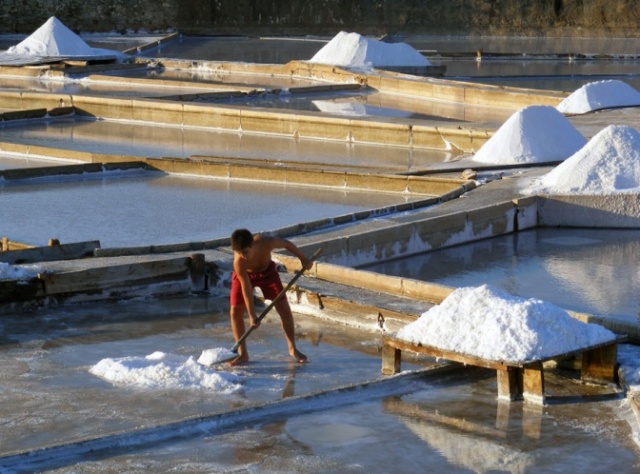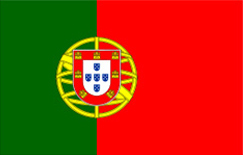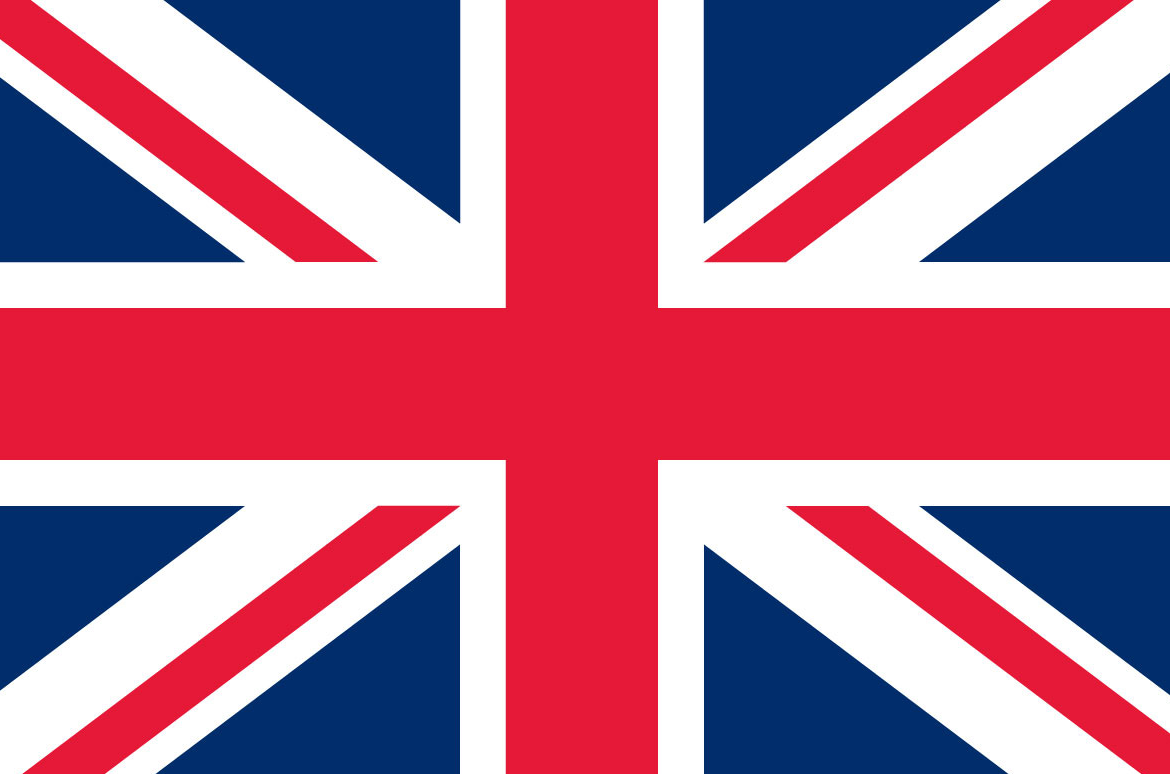Aquaculture
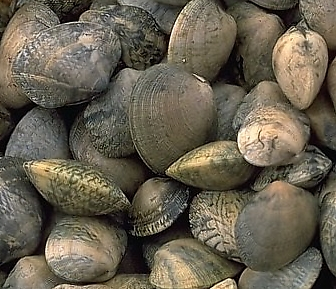
The contribution of aquaculture to the global supply of fish, crustaceans and mollusks, has increased at a rate of about 8.8% per year since 1970. In global terms, aquaculture production is equivalent to about half of all fish consumed in the world, with China being the largest world producer.
National aquaculture is an important alternative to traditional ways of supplying fish, being considered a strategic sector by the Government. Portuguese aquaculture is well positioned to take advantage of a national market that is a major consumer of fish and a Community market that is highly deficient in fishery products. Portugal has a tradition of mollusc farming, production of fresh and salt water fish, modern technology, committed entrepreneurs and geographical and climatic conditions, suitable for these activities.
Among the main "species" produced in aquaculture in our country, the bivalves produced in an extensive regime represent a significant part of the national production. The aquaculture development strategies incorporate many of the recommendations contained in codes of practice for responsible aquaculture, with the verification that in our country, companies and professionals in this subsector share the same type of concerns and principles defended by their European counterparts. Coordination efforts between authorities are evident in order to direct the development and application of policies, regulations and procedures, in the sense of environmental, economic and social sustainability of aquaculture activity.
The objectives for European aquaculture aim to create jobs, make quality and healthy products available to consumers, promote health and animal welfare standards for cultivated species and ensure the environmentally balanced development of aquaculture activity. Aquaculture, provided it is properly exercised, should not be considered as a threat to the ecosystem, nor should its future be mortgaged in favor of other activities using the same coastal areas.
There is undoubtedly a place for the sustainable development of this activity from the perspective of integrated management of coastal areas
Saliculture

The product obtained is a mixture of various salts precipitated from sea water, in which sodium chloride predominates. It is an essential raw material for many purposes, being part of the group of big-five raw-materials, however, due to its specific characteristics, most of the national production of sea salt in Portugal is destined for food purposes. The techniques used to take advantage of natural resources in some coastal areas of Portugal are based on the use of renewable energy (solar and wind energy).
The technological processes employed range from the use of traditional methodologies (artisanal production), to the use of heavy and automated machinery, reflected in the dimension of the production units. These units, called salt pans or marine, are made up of a set of reservoirs built on land and on impermeable soils, implanted in marshland areas. Feeding seawater to the first evaporation reservoirs takes advantage, as a general rule, of the tides.
The flow of water to increase the graduation / concentration of salt, due to evaporation by the heat of the sun and the wind, continues along the next reservoirs until the crystallises, where the sea salt is deposited. The movement of water uses the gravitational potential of the first reservoirs, whose topographic shares are higher than the others, gained by taking water from the highest tides or by pumping. 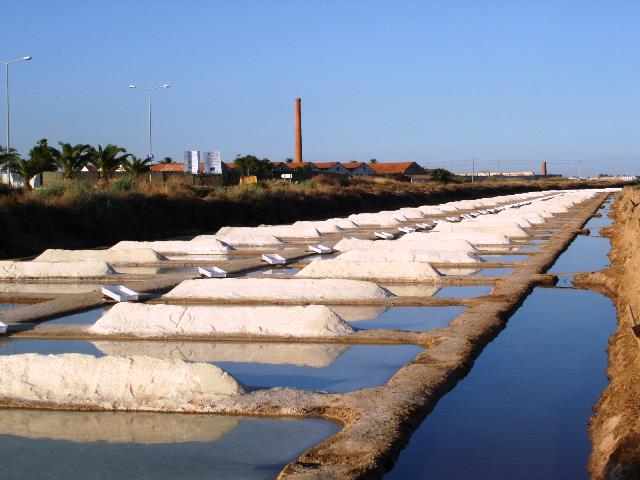
Portugal has, in the continental part of the territory, five Salgados (salt flats): Aveiro, Figueira da Foz, Tejo, Sado and Algarve.
The most traditional technique, which comes from time immemorial, as the Romans already used it, is the one that is still in use in Salgado de Aveiro, also known as the "Aveirense technique" applied in small units, associating frequent "redures" ( salt collections) and an intensive and knowledgeable labor force.
Mechanized techniques, some very sophisticated and making use of heavy machinery, are adopted in larger units and in which the number of collections per harvest (annual production cycle) is small.
Globally, the productive activity of sea salt is very beneficial for the maintenance of environmental balance in coastal areas, with the specific avifauna and the stability of the coastline being the most benefited aspects, since the active salt pans provide the existence of determining ecosystems for the survival of various animal and plant species and prevent the negative action of high tides on coastal areas due to the dike walls that defend the productive units.
This artisan and traditional methodology, part of the Culture and the History of Portugal itself, has several variants in the other salty foods, resulting from the climatic and soil characteristics and the idiosyncrasies of the marnots in each region.